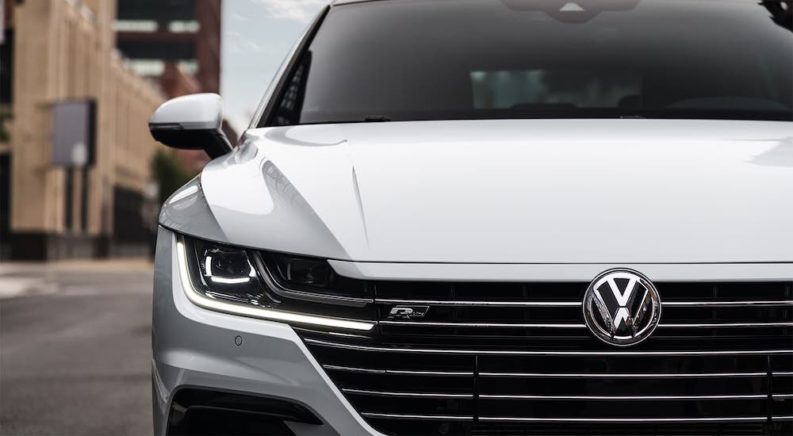You’re driving down the road, maybe a typical urban street, small country lane, or busy freeway, when suddenly one of your Volkswagen’s check engine lights comes to life on your dashboard. What do you do? Stare at it intensely until you cause a collision? Begin screaming and hope it sorts itself out? Or start crying uncontrollably and wonder why you’ve been abandoned by reason? Hopefully, none of the above––because the light is simply there to tell you that something needs your attention.
Your Volkswagen check engine lights can take a lot of different shapes and colors, and they might be a simple warning, a friendly reminder, or an urgent message that something is critically wrong. Learning to recognize what you’re dealing with when a light comes on, and how best to react to it, can make a big difference in properly caring for your vehicle. So, today, I’m going to go over some of the most common lights you’ll encounter, what they mean, and what you should do if they illuminate on your dashboard.
When I say “check engine lights,” I don’t just mean the one light with that name, but as a general term for all warning lights. We’ll organize these by color because the color has meaning…
Green Volkswagen Check Engine Lights
Only a couple of the warning lights you’ll see in your Volkswagen are green, and, as you might imagine, they’re typically the least serious. You shouldn’t ignore them, by any means, but they’re not usually a sign that your vehicle is about to burst into flames. The most common green Volkswagen check engine lights you’ll see are:
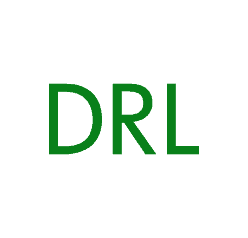
Daytime Running Lights
This typically looks like the letters “DRL” on your dashboard. It is simply there to let you know that your daytime running lights are on and working properly. If they should be illuminated and you don’t see this light, then they might not be working correctly.
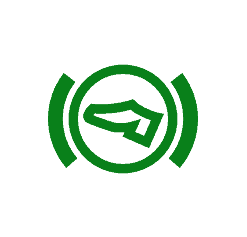
Shift Lock
This looks like a shoe inside a circle and is a reminder that you need to press down on your brakes in order to shift your vehicle into gear. You probably won’t see this one, or at most, you’ll see it when you first own your vehicle while you’re getting used to it.
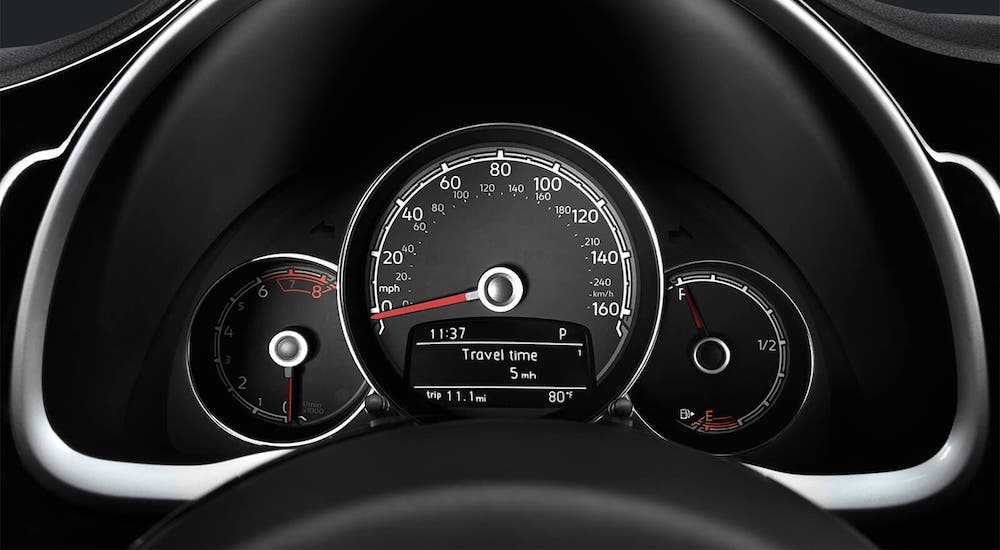
Yellow Volkswagen Check Engine Lights
The yellow Volkswagen check engine lights are the most numerous of the ones that can come on when you’re driving. These include warnings that are much more serious than the few green lights that you might see, and usually require some direct action by you to ensure your vehicle is in good shape. Ignoring one of these lights is a good way to cause serious and expensive damage to your vehicle. The most common yellow Volkswagen check engine lights include:
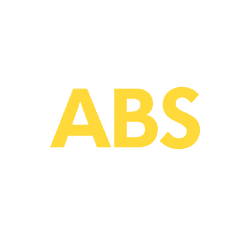
Antilock Braking System Malfunction
This light simply looks like the letters “ABS” and means there is a problem with your vehicle’s antilock brakes. Drive very cautiously and get your vehicle serviced immediately.

Airbag Problem
This looks like a profile person sitting with a large circle in front of them. It means that your airbag or seatbelt system has a problem, and you need to have your vehicle serviced right away––it can also indicate your passenger airbag has been deactivated.

Automatic Transmission Malfunction
This light appears like a gear surrounding an exclamation point and means that there’s a problem with your transmission. Safely stop driving as soon as you can and get your vehicle serviced immediately.
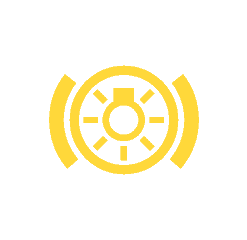
Brake Light Bulb Failure
This looks like a circle around a light bulb and means one or more of your brake lights, specifically, have burned out.

Brake Pad Wear Indicator
A circle with lines on the left and right side surrounding it, this light warns you that your brake pads are getting worn and need to be replaced as soon as possible.
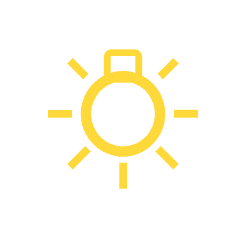
Bulb Failure
This light looks like a small light bulb and warns you that one of your vehicle’s bulbs has burned out. When flashing, it means there’s a problem with your headlight leveling.

Engine Malfunction
The infamous “check engine” light, this looks a bit like the shape of an engine and can be caused by a number of issues with your emissions. Try tightening your gas cap––but if it stays on for more than a day or so, get your vehicle serviced as soon as possible.
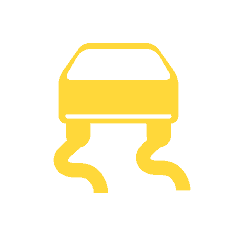
Electronic Stabilization Program
This looks like the rear of a car with swerving lines below the tires. It means that there’s a problem with your vehicle’s electronic stability or anti-slip features. Drive very carefully on wet roads or conditions with poor traction and take your vehicle in for service as soon as possible.
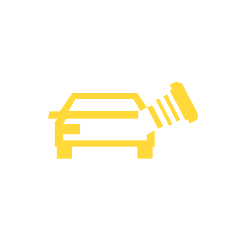
Fuel Cap Off/Missing
This light looks like the rear of a car with a gas cap popping off. Check to make sure your gas cap is there; if missing, replace it as soon as possible.
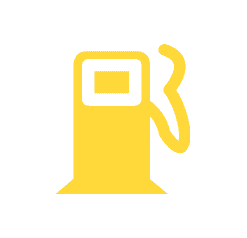
Low Fuel Warning
This looks like a gas pump and means you are getting low on gas––typically accompanied by an audible warning. Get gas as soon as possible.

Oil Level Low
This light looks like an oil canister with a drip coming from it and means your oil is low. Add oil to your engine as soon as possible. If it comes on again, then you may have a leak that needs to be repaired.
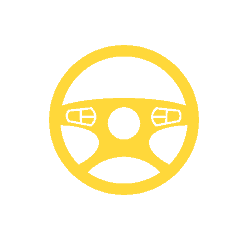
Steering Problem
If you see a light that looks like a steering wheel, then you have a problem with your steering column. Safely stop your vehicle as soon as possible and have it serviced immediately.
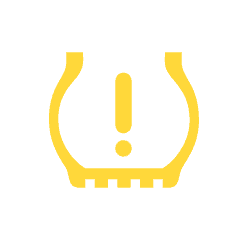
Tire Pressure Low
This looks a bit like a tire with a flat bottom and an exclamation point inside it. If you see this, then your tire pressure is low; add air as soon as possible.
Red Volkswagen Check Engine Lights
As you might expect, a red light is a serious warning about a critical problem. These are lights that you need to respond to immediately––in a safe manner, of course. Ignoring one of these lights can result in catastrophic problems like needing a new engine or sitting by the side of the road while watching your car burst into flames. Some of the most common red Volkswagen check engine lights you might see include:
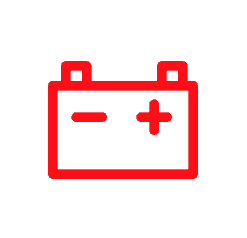
Battery Error
This light looks like a battery, with + and – signs. It means there is an issue with your battery charging properly, and you need service immediately.
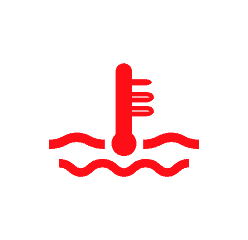
Coolant Level Low
This looks like a thermometer with waves below it and means you are low on coolant in your engine. It will typically be accompanied by an audible warning––add coolant immediately and have your vehicle serviced as soon as possible.
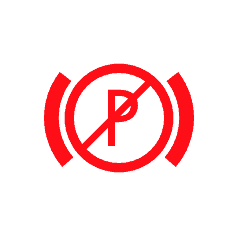
Parking Brake Warning
A circle with a “P” in the middle and a line through it means there is an error with your parking brake; take your vehicle for service immediately.
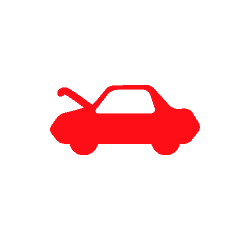
Hood Open
This looks like a car in profile with the front hood open. If you see it, pull over safely as soon as possible and make sure your hood is properly closed.
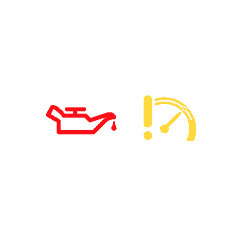
Oil Pressure
A red oil canister means there is no oil pressure in your engine. Stop as soon as you safely can and have your vehicle serviced immediately to avoid damaging your engine.
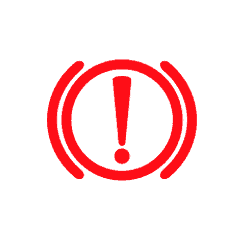
Parking Brake
If you see a circle with an exclamation mark in it in red, then that means your parking brake is currently applied. Disengage your parking brake; if the light is on and your parking brake is not applied, then it can mean your antilock brakes have an error, or your brake fluid is low. In either situation, safely stop driving and have your vehicle serviced immediately.

